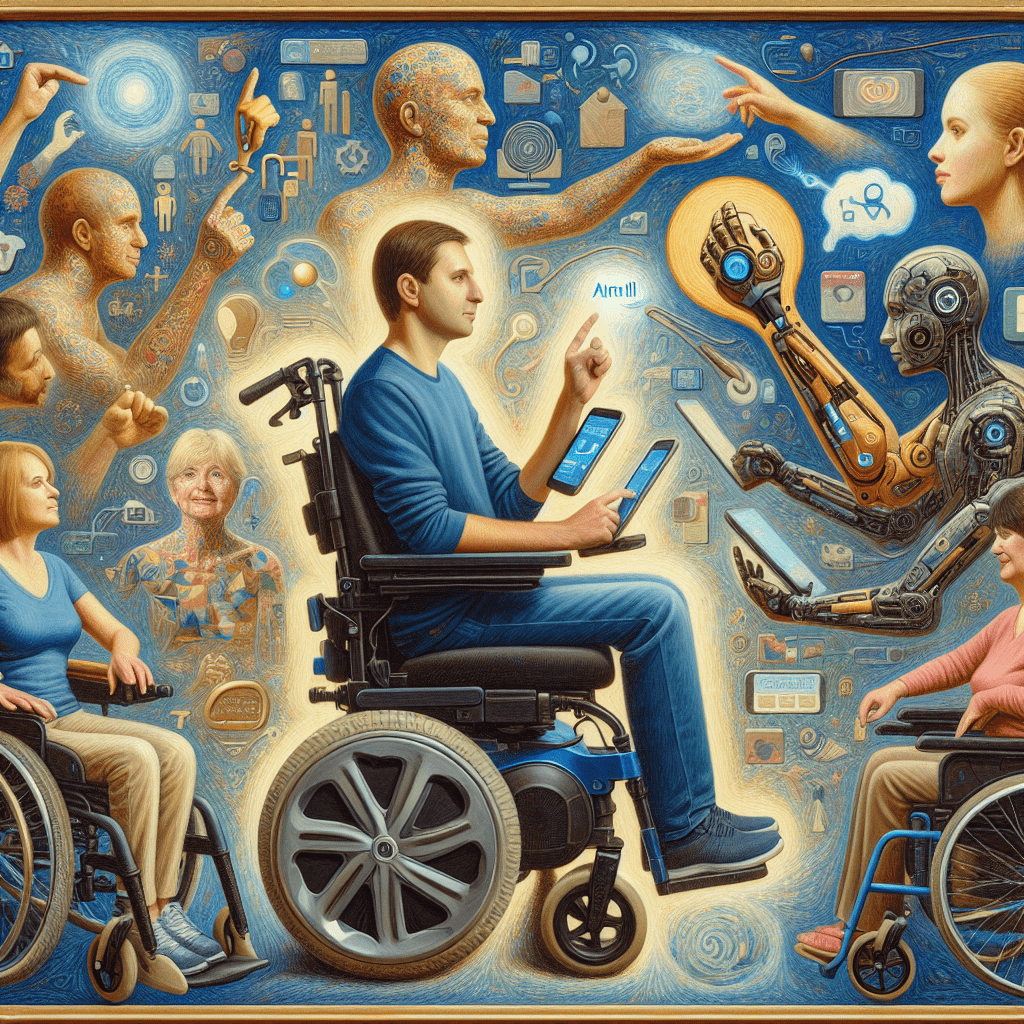In recent years, artificial intelligence (AI) has been making waves in various industries, revolutionizing the way we live and work. One of the most impactful areas where AI is making a difference is in empowering individuals with disabilities. AI technologies are helping people with disabilities to communicate, navigate their surroundings, and live more independently than ever before.
The Power of AI in Giving a Voice to Those Who Cannot Speak
For individuals with speech impairments or conditions that affect their ability to communicate verbally, AI-based communication tools have been life-changing. These tools use machine learning algorithms to interpret facial expressions, eye movements, and other cues to help individuals express themselves. This technology has provided a voice to many who were previously unable to communicate verbally, giving them a newfound sense of independence and agency.
Enhancing Mobility and Independence with AI
AI-powered devices such as smart wheelchairs and navigation apps have been instrumental in helping people with mobility impairments to move around more freely and independently. These devices use sensors, cameras, and AI algorithms to navigate through complex environments, avoid obstacles, and provide real-time feedback to the user. By leveraging AI technology, individuals with disabilities are able to explore the world around them with greater ease and confidence.
Breaking Down Barriers with AI-Powered Accessibility Features
AI is also being used to create more inclusive and accessible environments for individuals with disabilities. From captioning services for the deaf and hard of hearing to text-to-speech tools for the visually impaired, AI technologies are breaking down communication barriers and enabling greater access to information and resources. By harnessing the power of AI, individuals with disabilities are able to participate more fully in society and achieve their full potential.
Conclusion
AI is revolutionizing the way people with disabilities live and interact with the world around them. By providing innovative solutions for communication, mobility, and accessibility, AI is empowering individuals with disabilities to lead more independent and fulfilling lives. As AI continues to advance, we can expect to see even greater advancements in assistive technologies that will further enhance the quality of life for individuals with disabilities.
FAQs
Q: How is AI helping people with disabilities communicate?
A: AI-based communication tools use machine learning algorithms to interpret facial expressions, eye movements, and other cues to help individuals with speech impairments or conditions that affect their ability to communicate verbally.
Q: What are some examples of AI-powered mobility devices?
A: Smart wheelchairs and navigation apps are examples of AI-powered devices that help people with mobility impairments to move around more freely and independently by using sensors, cameras, and AI algorithms.
Q: How is AI breaking down barriers for individuals with disabilities?
A: AI technologies such as captioning services for the deaf and hard of hearing, and text-to-speech tools for the visually impaired, are breaking down communication barriers and enabling greater access to information and resources for individuals with disabilities.
Quotes
“AI has given me the ability to communicate with the world in ways I never thought possible. It has truly changed my life for the better.” – Sarah, a user of AI-powered communication tools
#Empowering #Individuals #Giving #People #Disabilities #Voice #Independence


